 |
 |
 |
| |
Alteration of Hepatic OATP Activity Does Not Alter the Pharmacodynamic Effect of GS-0976, a Liver-Targeted ACC Inhibitor, on De Novo Lipogenesis
|
| |
| |
Reported by Jules Levin
20th International Workshop on Clinical Pharmacology of HIV, Hepatitis & Other Antiviral Drugs, 14-16 May 2019, Noordwijk, the Netherlands
Brian J. Kirby, Justin D. Lutz, Kimberly L. Garrison, Adrianne Vesterdahl, Mun Sang Yue, Ann Ran-Ran Qin, Robert P. Myers, Brian P. Kearney, Anita Mathias - Gilead Sciences, Inc., Foster City, California, USA
-----------------------------------------
De novo lipogenesis in the liver in health and disease: more than just a shunting yard for glucose - Hepatic de novo lipogenesis (DNL) is the biochemical process of synthesising fatty acids from acetyl-CoA subunits that are produced from a number of different pathways within the cell, most commonly carbohydrate catabolism. In addition to glucose which most commonly supplies carbon units for DNL, fructose is also a profoundly lipogenic substrate that can drive DNL, important when considering the increasing use of fructose in corn syrup as a sweetener. In the context of disease, DNL is thought to contribute to the pathogenesis of non-alcoholic fatty liver disease, a common condition often associated with the metabolic syndrome and consequent insulin resistance. Whether DNL plays a significant role..... in the pathogenesis of insulin resistance is yet to be fully elucidated, but it may be that the prevalent products of this synthetic process induce some aspect of hepatic insulin resistance.Hepatic de novo lipogenesis (DNL) is a fundamental biosynthetic pathway within the liver, contributing to the lipids that are stored and secreted by hepatocytes....DNL has been suggested to be abnormally increased in and contribute to the pathogenesis of non-alcoholic fatty liver disease (NAFLD) (Donnelly et al., 2005), a highly prevalent metabolic disease that is linked to the development of type 2 diabetes mellitus......Fructose has been suggested partly to underlie the recent increased levels of obesity, NAFLD and T2DM observed in the USA population.....One aspect of the metabolism of fructose is that it is cleared from the blood mainly by the liver (Mayes, 1993)......The gut microbiome has come under much scrutiny in recent years due to potential interplay between bacterial overgrowth, intestinal wall permeability and the development of NAFLD (Abu-Shanab & Quigley, 2010; Russell et al., 2013). This has been suggested to occur partially through the effects of lipopolysaccharide (LPS), or endotoxin, released from Gram-negative bacterial cell walls in the gut acting on Toll-like receptor 4 (TLR4) (Medzhitov, Preston-Hurlburt & Janeway, 1997; Abu-Shanab & Quigley, 2010).....It should be noted that not all gut microbiota promote fatty liver disease; some strains act as 'probiotics' reducing the deleterious effects of other gut microflora (Eslamparast et al., 2013). This is supported by evidence that butyrate may be the mechanism by which some bacteria inhibit progression from benign hepatic steatosis to NASH, as has been demonstrated in rat models of NAFLD (Endo et al., 2013). Therefore, changes in the microbiome may affect an individual's risk of developing NAFLD, progressing to NASH or the metabolic syndrome.....It may be that DNL provides a suitable pharmacological target for early intervention to prevent the onset of T2DM. This would prove hugely beneficial in the developed world where the burdens of over-nutrition are underpinning unprecedented increases in obesity, prediabetes and overt T2DM.....It is clear that the pathological basis of T2DM and the metabolic syndrome are not solely based on increased rates of hepatic lipogenesis, but that DNL is a contributor to the overall paradigm of these metabolic diseases....Investigators should not consider the role of DNL in isolation, as an exclusive cause of insulin resistance, NAFLD and T2DM, but as a part of the total pathogenic disturbance that can lead to a failure of insulin secretion and signalling.
--------------------------------------
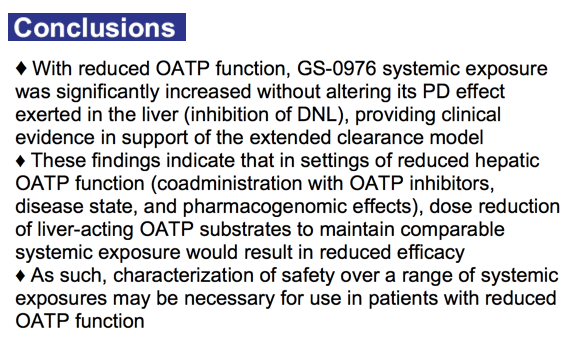
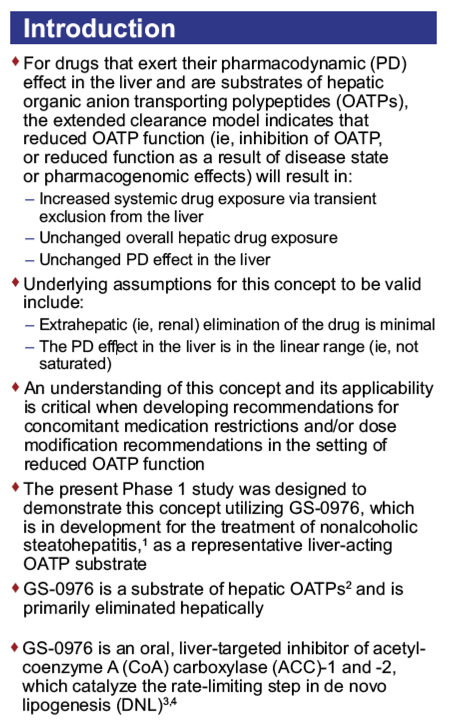
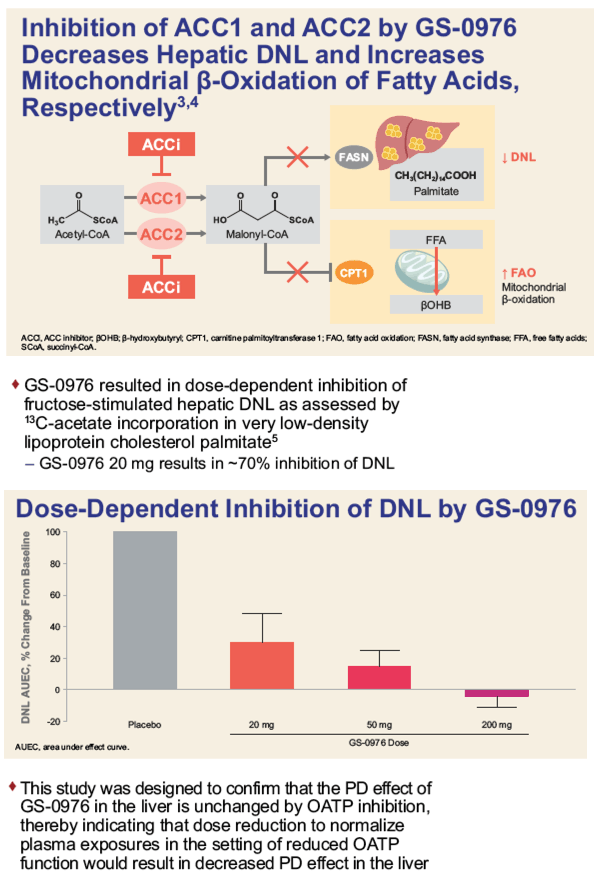
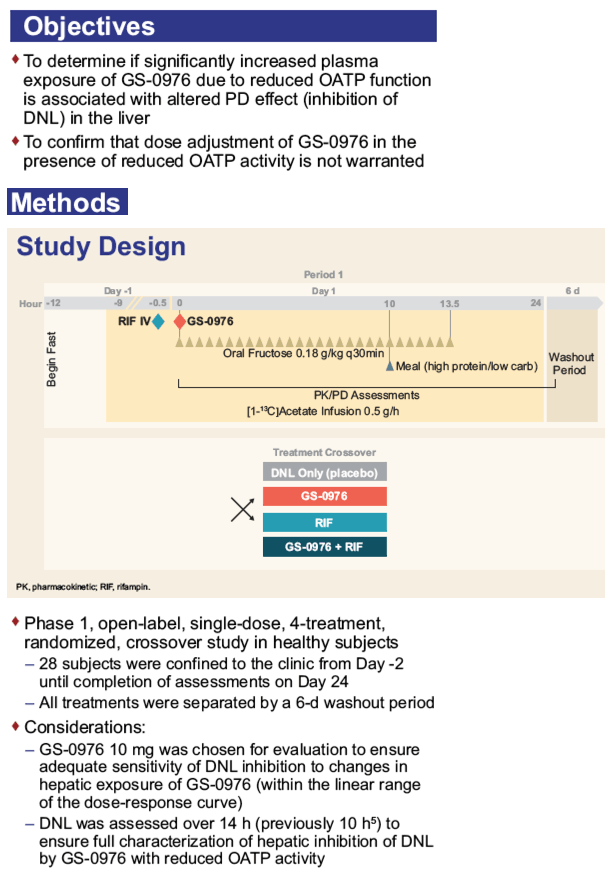
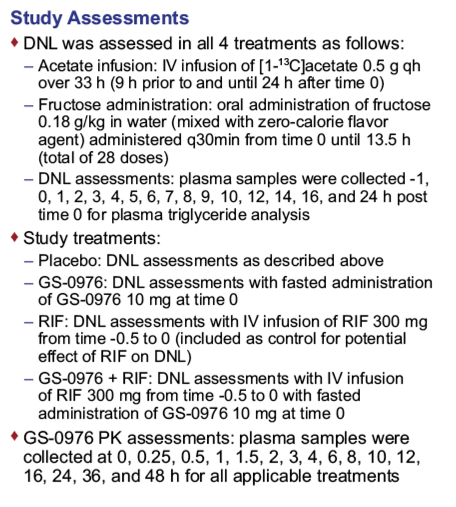

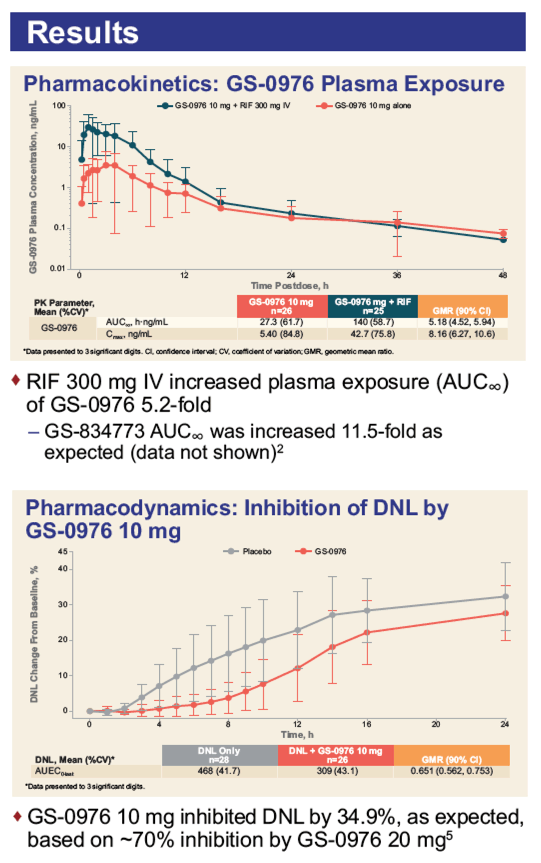
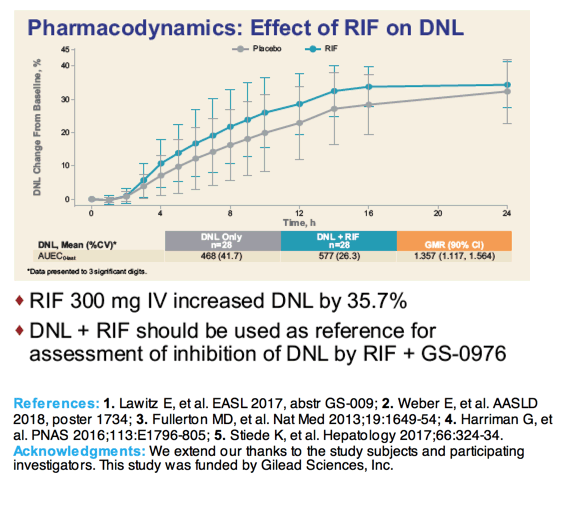
|
| |
|
 |
 |
|
|